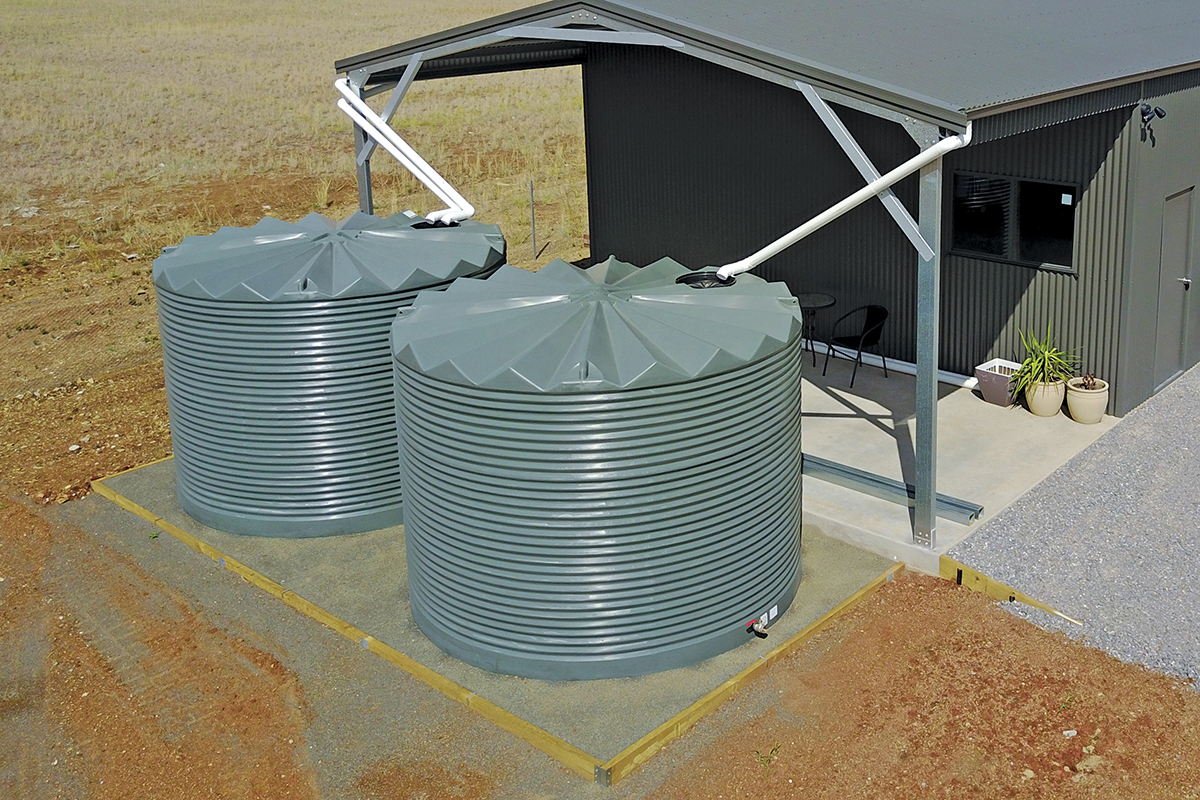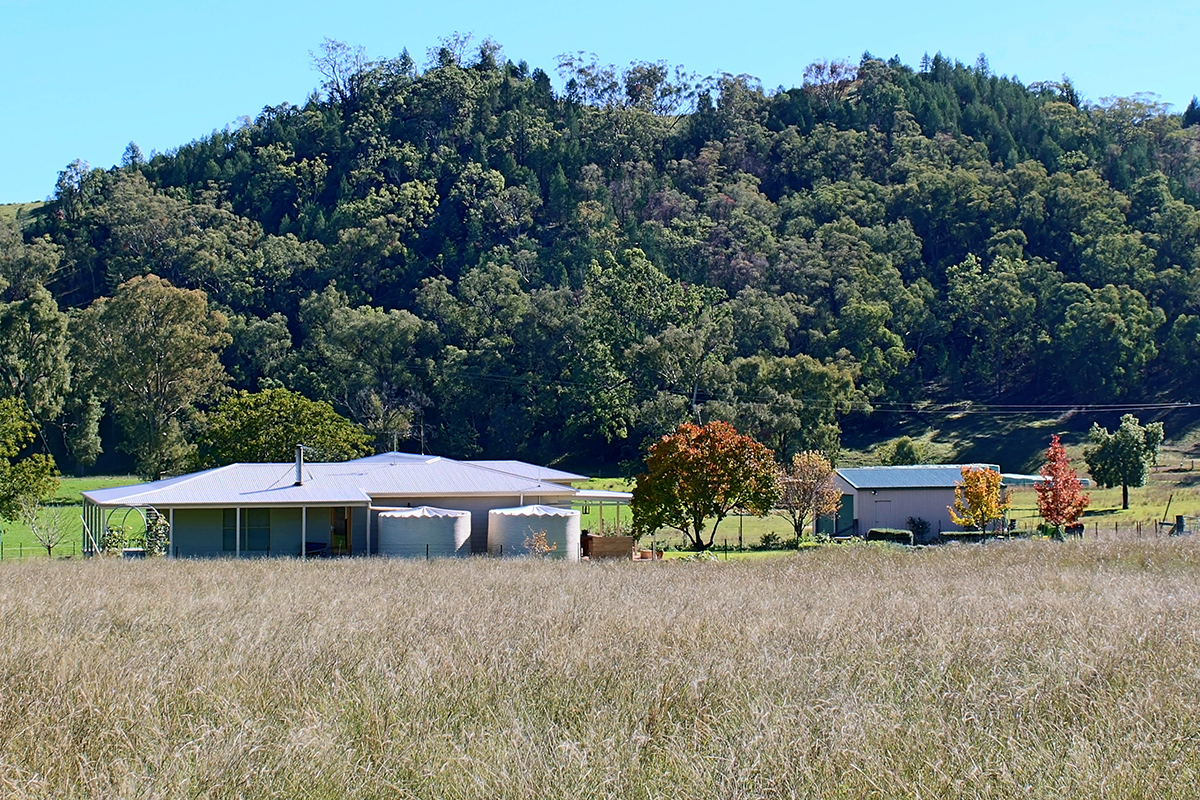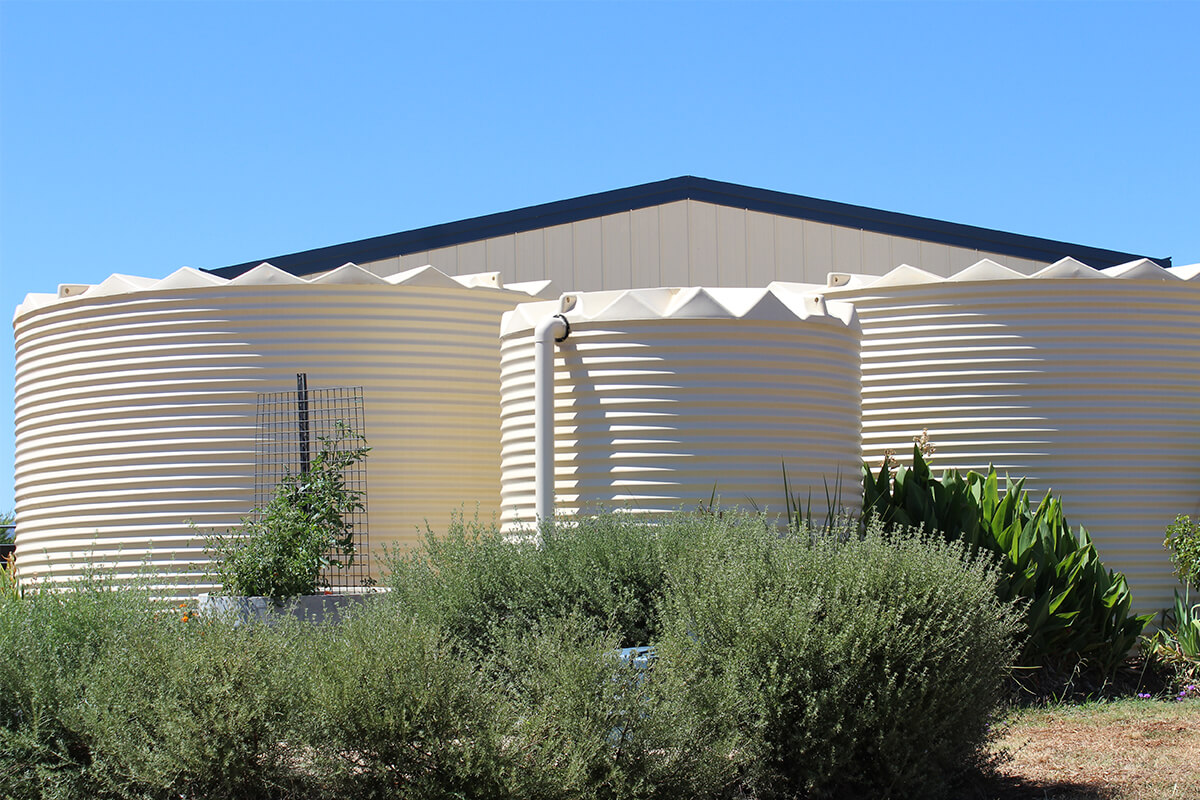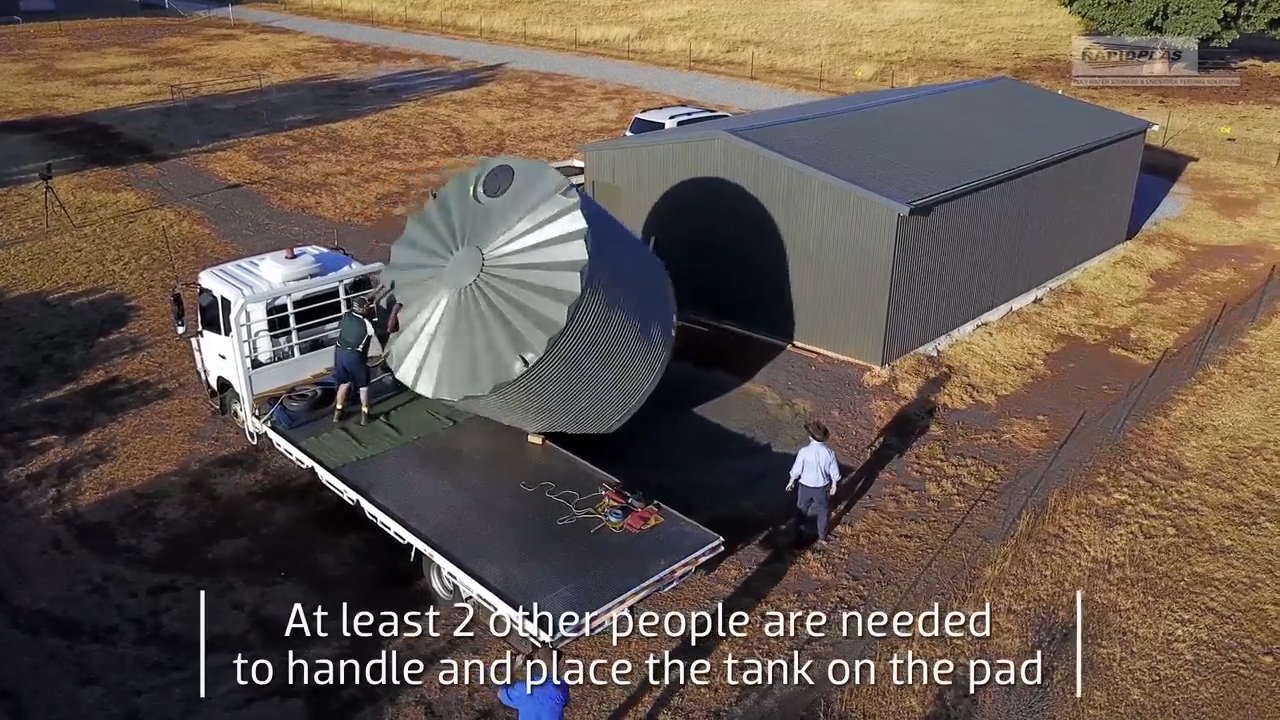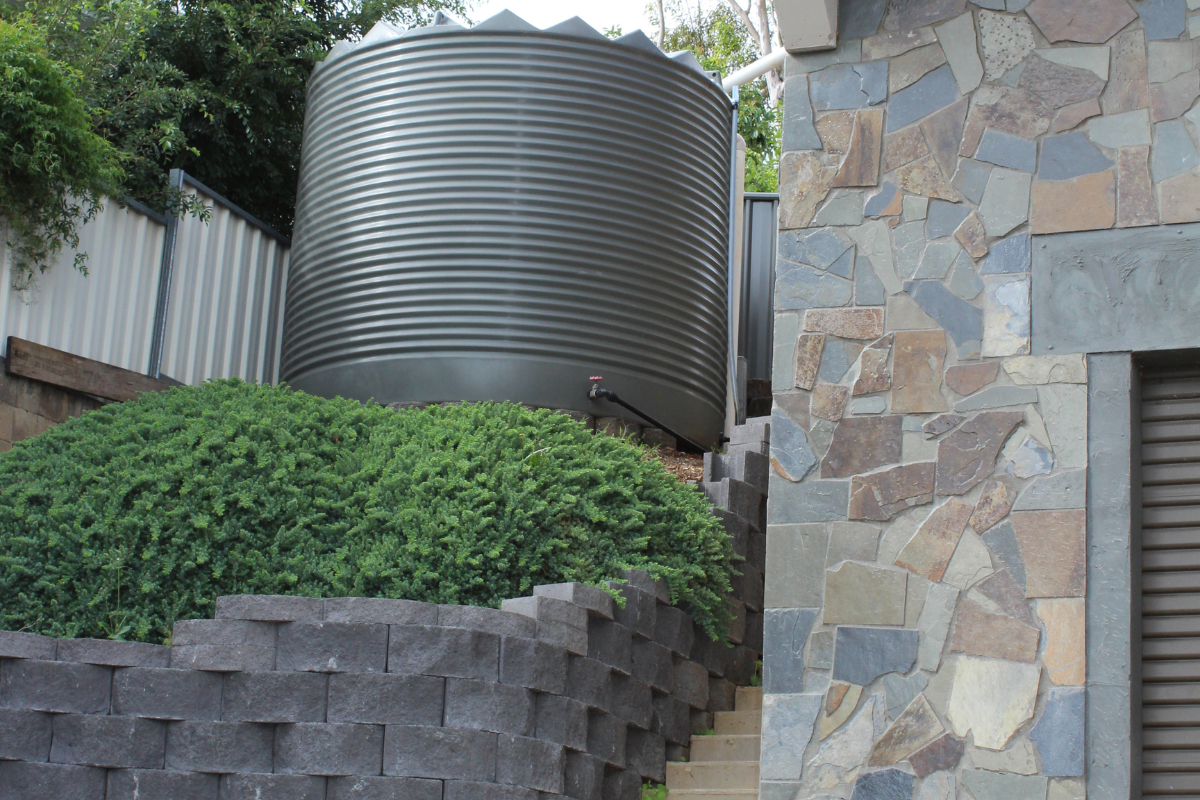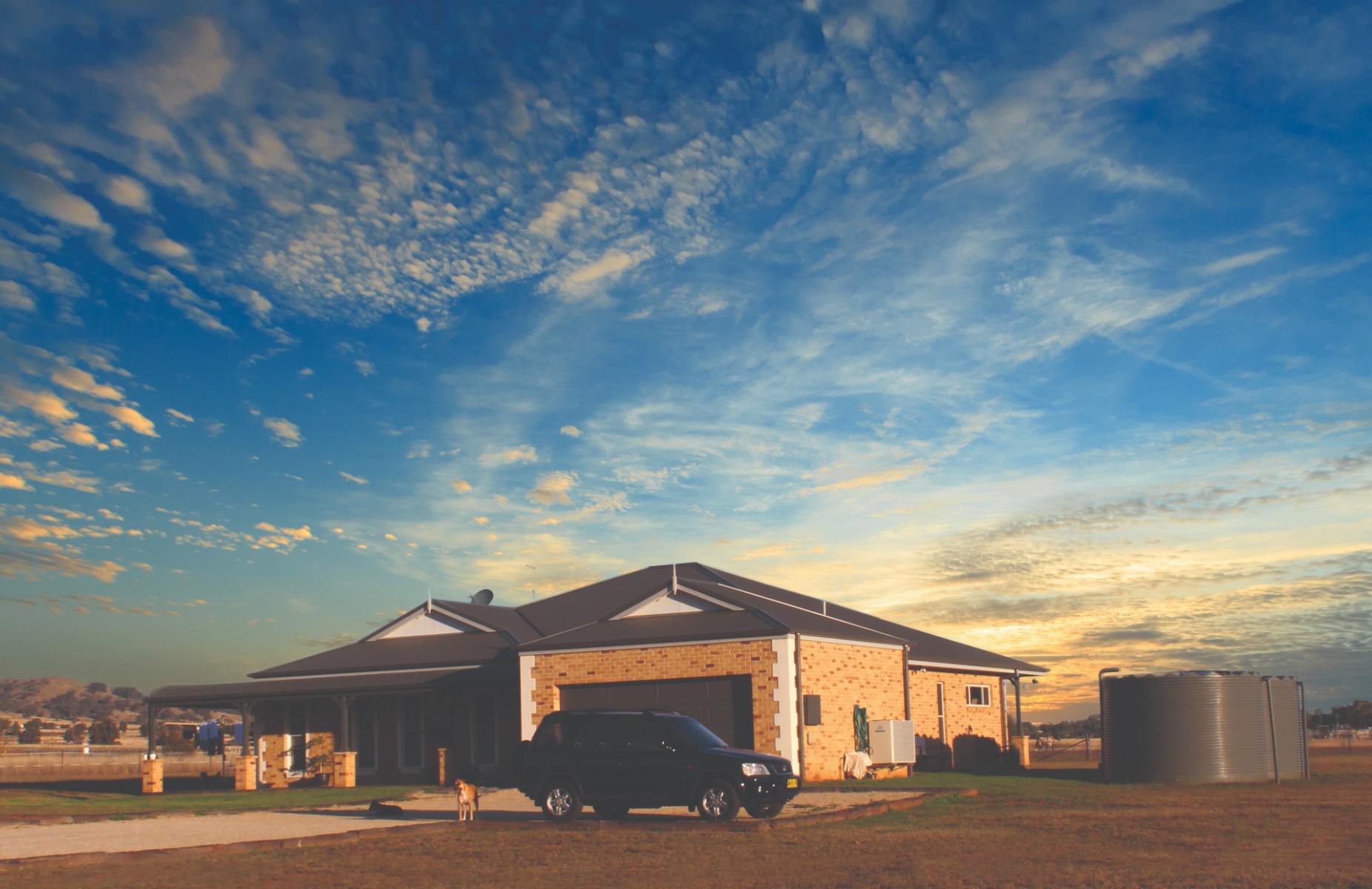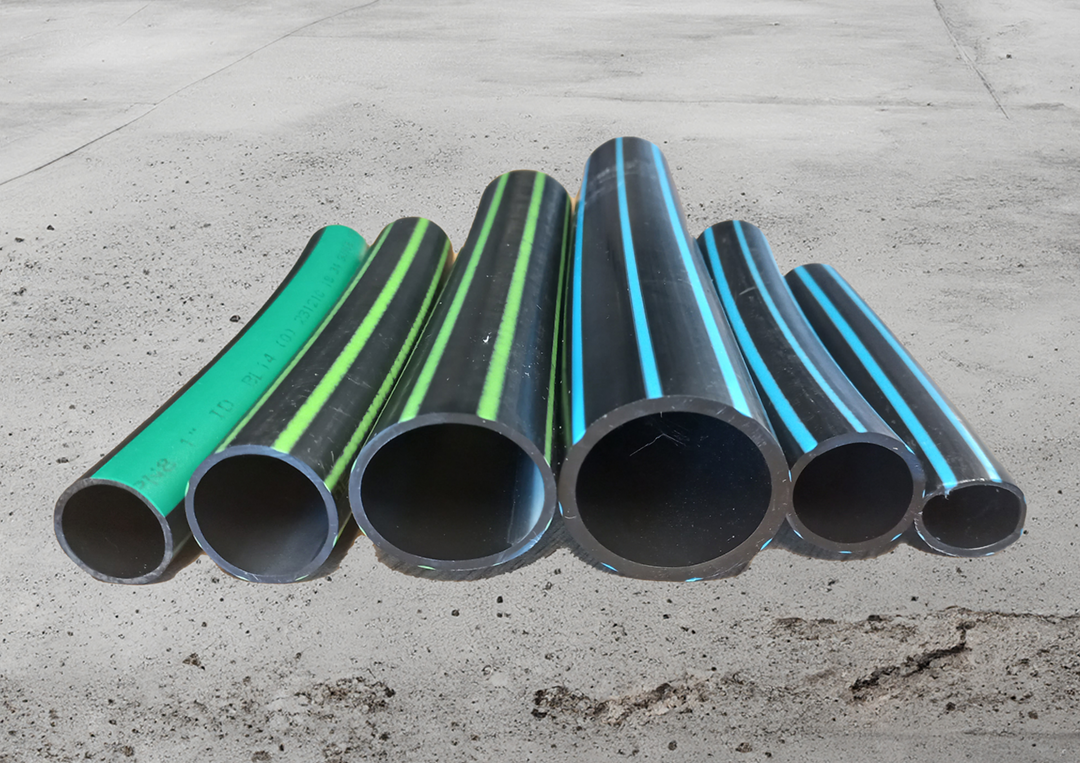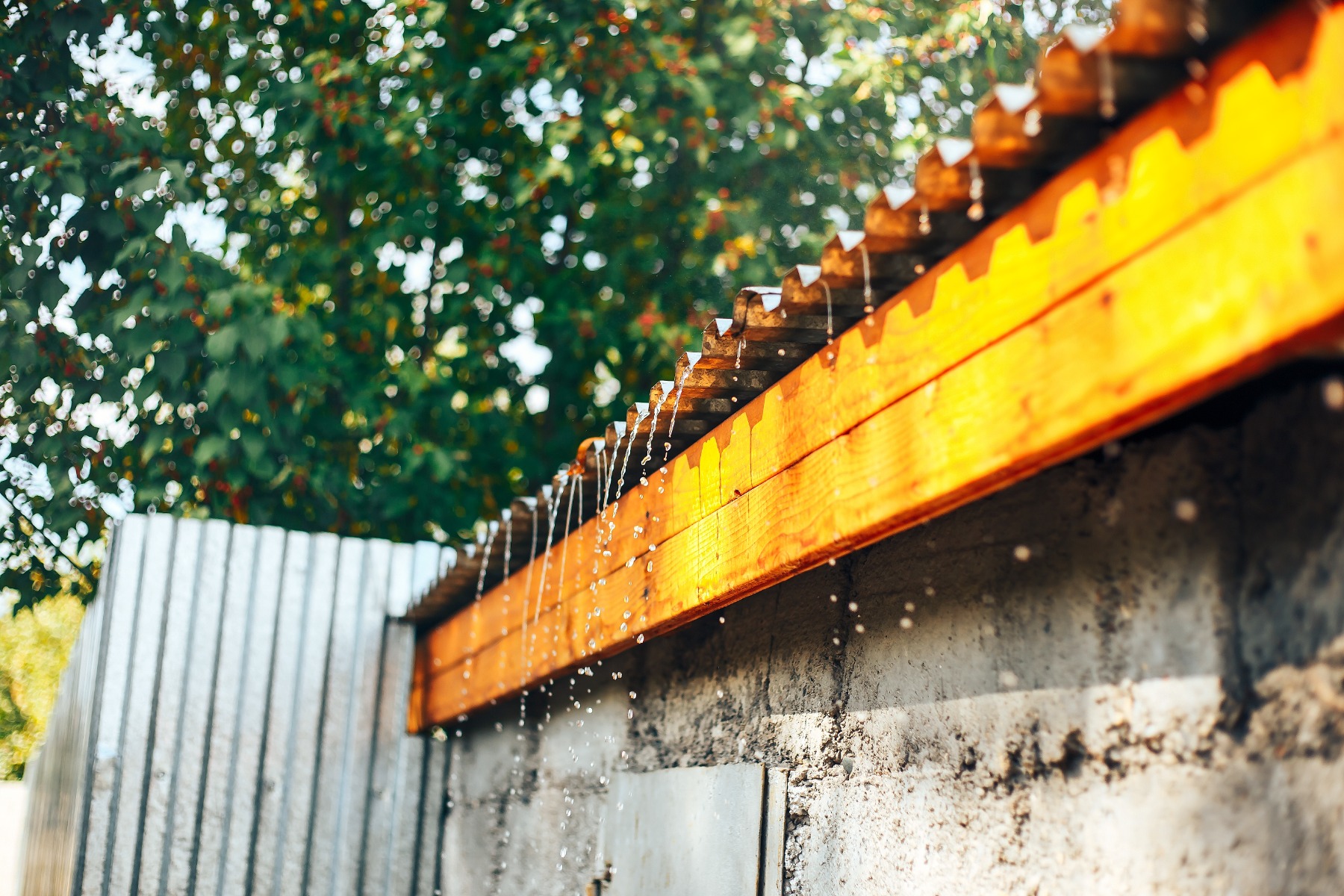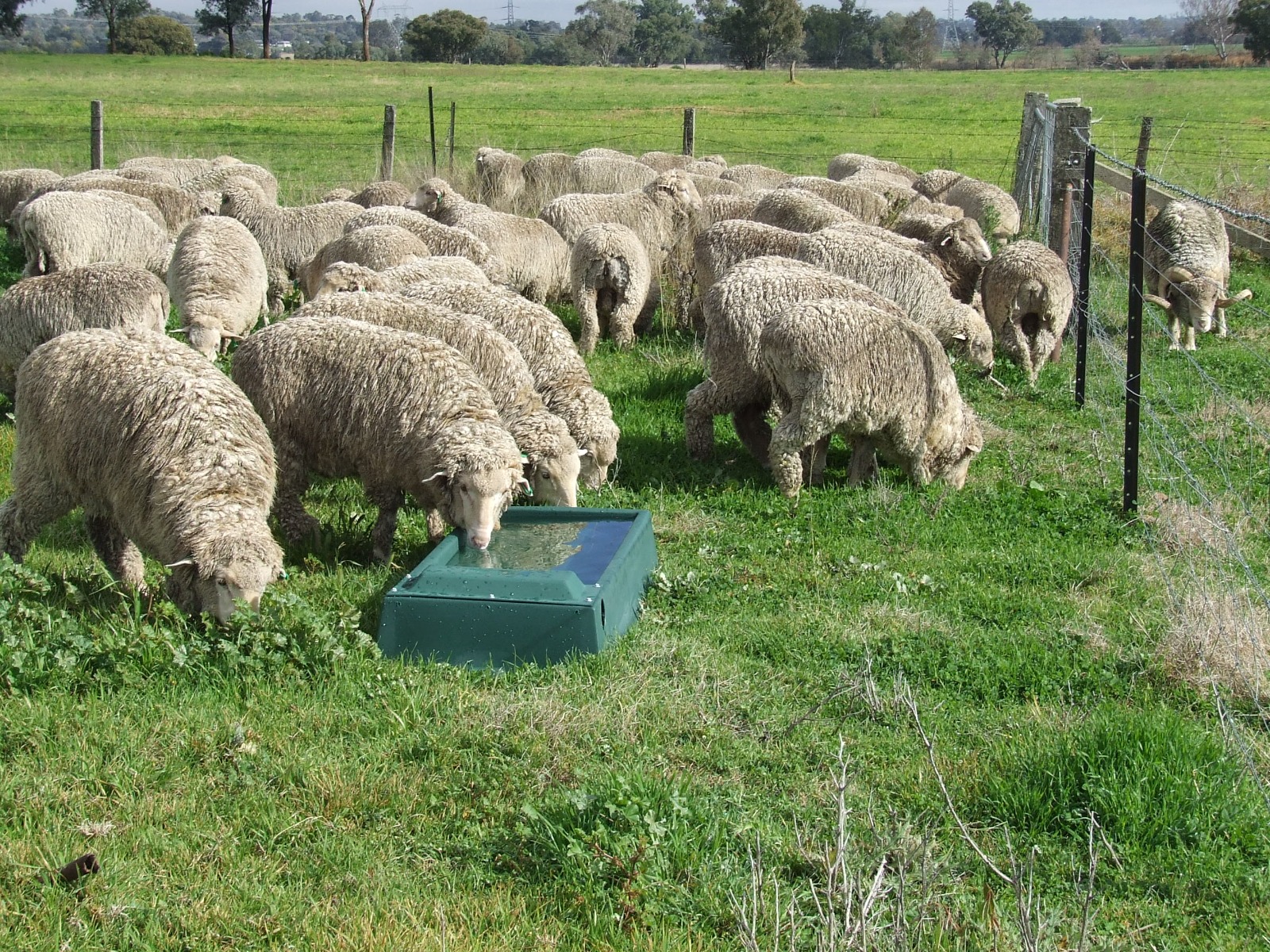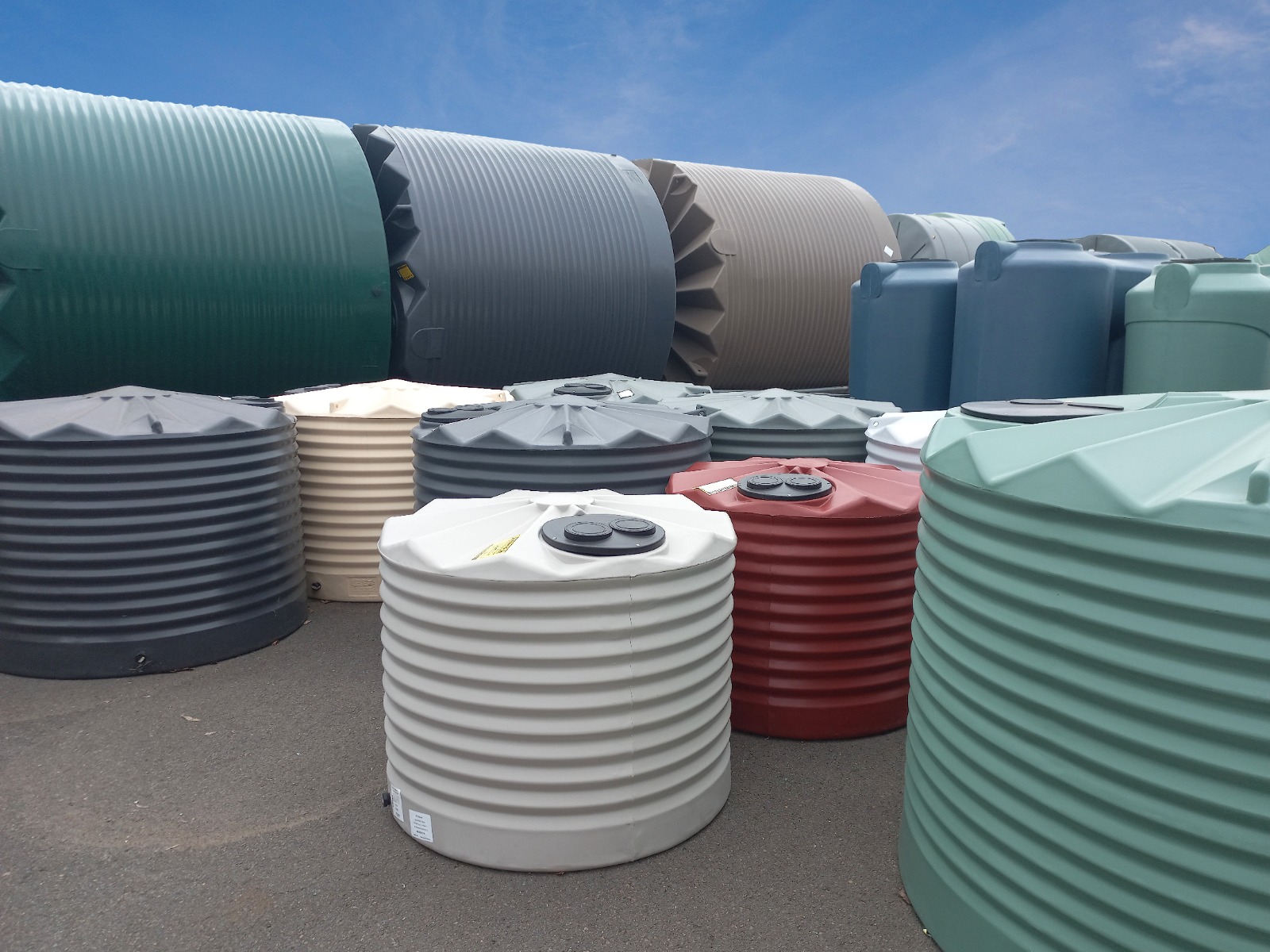There are many common pitfalls when it comes to choosing a location and preparing your pad ready for rainwater tank installation. At RapidPlas, we’ve thought through every scenario, making it easy for you to avoid them all.
Getting pump placement wrong can spell delays and extra cost
It’s vital to consider pump placement early to ensure ready access to electricity. It’s also vital to ensure your tank is as close as possible to the water run-off point to avoid extra plumbing costs. Moving a tank is expensive and time-consuming, so it’s important to get it right first time. Rest-assured, our expert Rapid Plas customer support teams will guide you to the perfect spot.
At Rapid Plas, we’ll guide you through how to select the best location for your tank, tank configuration (if you need multiple tanks) and we take into account your water-harvesting roof spaces, gutters, pipes, land and soil type, pump requirements and your particular water-usage requirements.
Underpreparation of your pad could lead to tank shift
Placement and preparation are important for a successful installation and tank longevity. We’ll show you how to get the best tank performance by creating a 100% level concrete pad to guarantee a 100% level water tank installation here.
We recommend you spread crushed dust and timber walls for your tank ahead of time to help keep your tank in place long-term. We also recommend you landscape with soil and plant around the tank base once installed to create a firmer long-term structural base.
Uneven water flow and lower water-storage capacity
Creating an uneven pad may lead to a sloping tank, compromising your tank’s volume capacity and output. Once water is in the tank, it’s impossible to move it without emptying the whole tank, so it’s vital to ensure your pad is completely level from the get-go.
Tank structural integrity may become compromised
Rainwater tanks are built to be stronger at the bottom to support the pressure. Level water storage is critical to avoid changing the physics and structural integrity of your tank.
Potential structural and plumbing issues
Keep in mind that 1000 Litres is 1 tonne, so with a 22500 Litre tank, if it becomes heavier on one side due to an uneven pad, the pressure build-up can be huge, leading to problems with plumbing and ongoing maintenance, not to mention damage to your adjoining buildings and rooves. The look won’t be great, either.
Underpreparation leads to delays at installation
You don’t want to be caught short missing key tools and materials at installation time. To get the most value out of your tank, we’ll help you to be 100% prepared ready for installation for your RapidPlas tank.
RapidPlas has you covered every step of the way
At RapidPlas, you’re in expert hands. We thrive on providing unbeatable customer service every step of the way through our national network of trusted local dealer-distributors.
Enjoy a 100% stress-free and fit-for-purpose rainwater tank installation. At RapidPlas, we help set you up to lead life, at its best ™.


